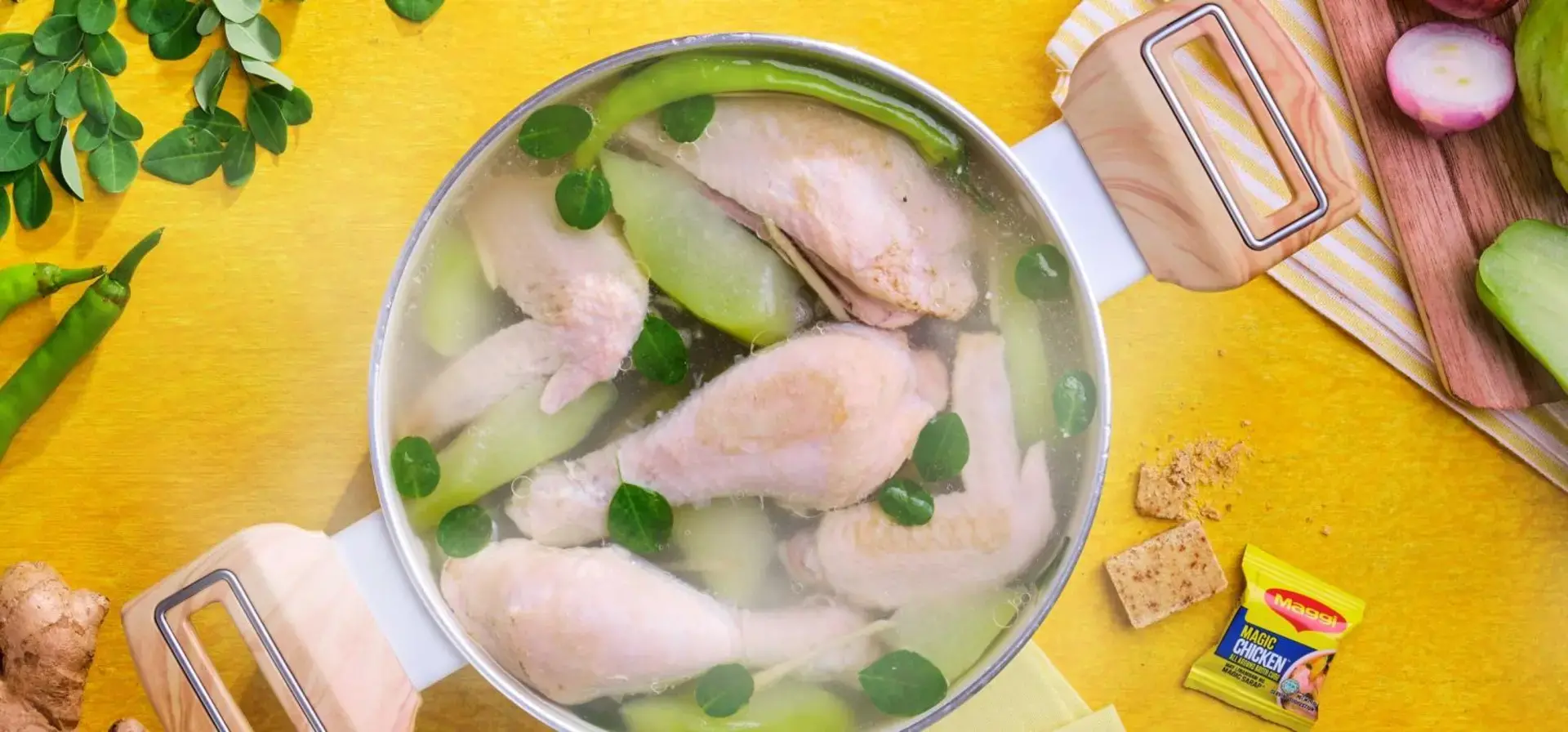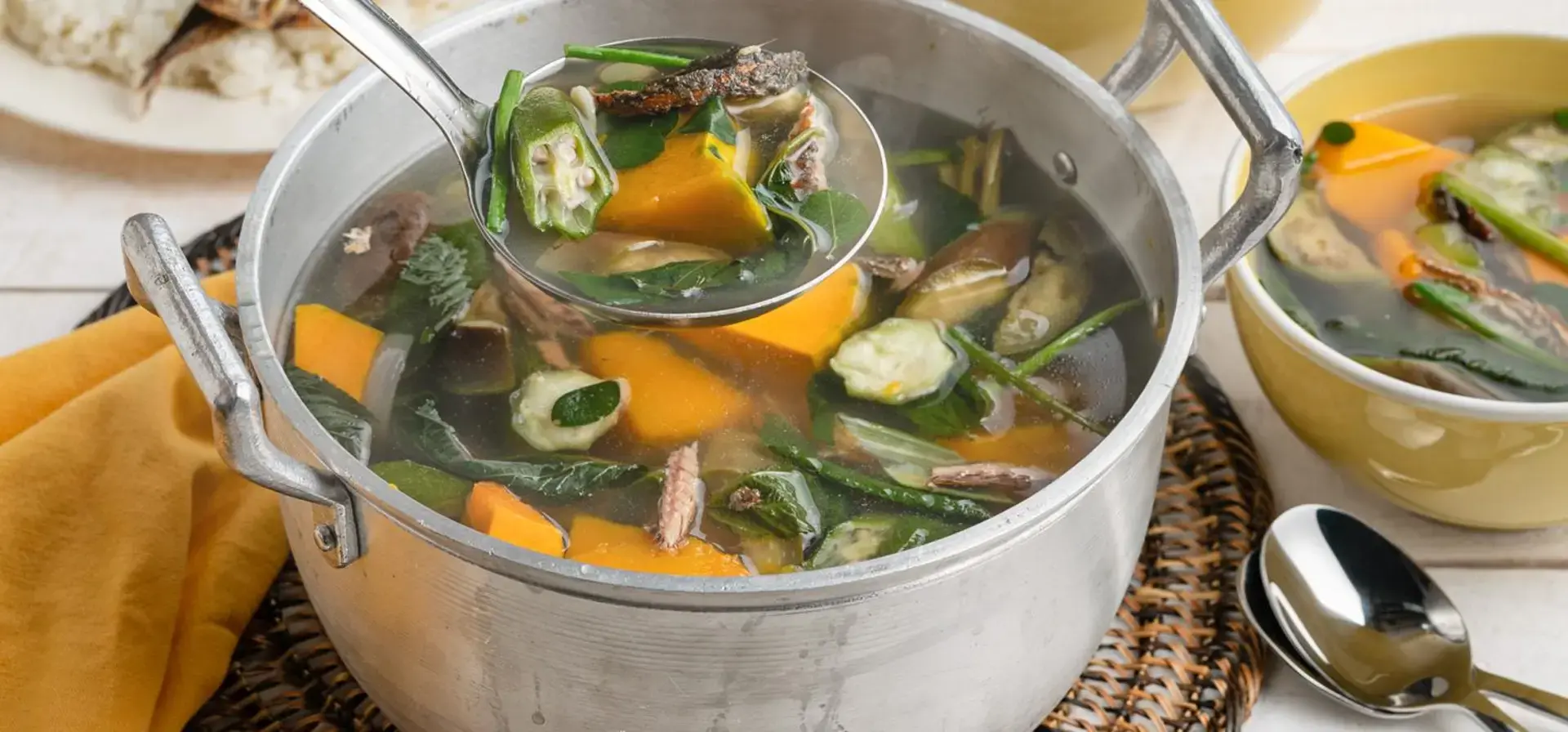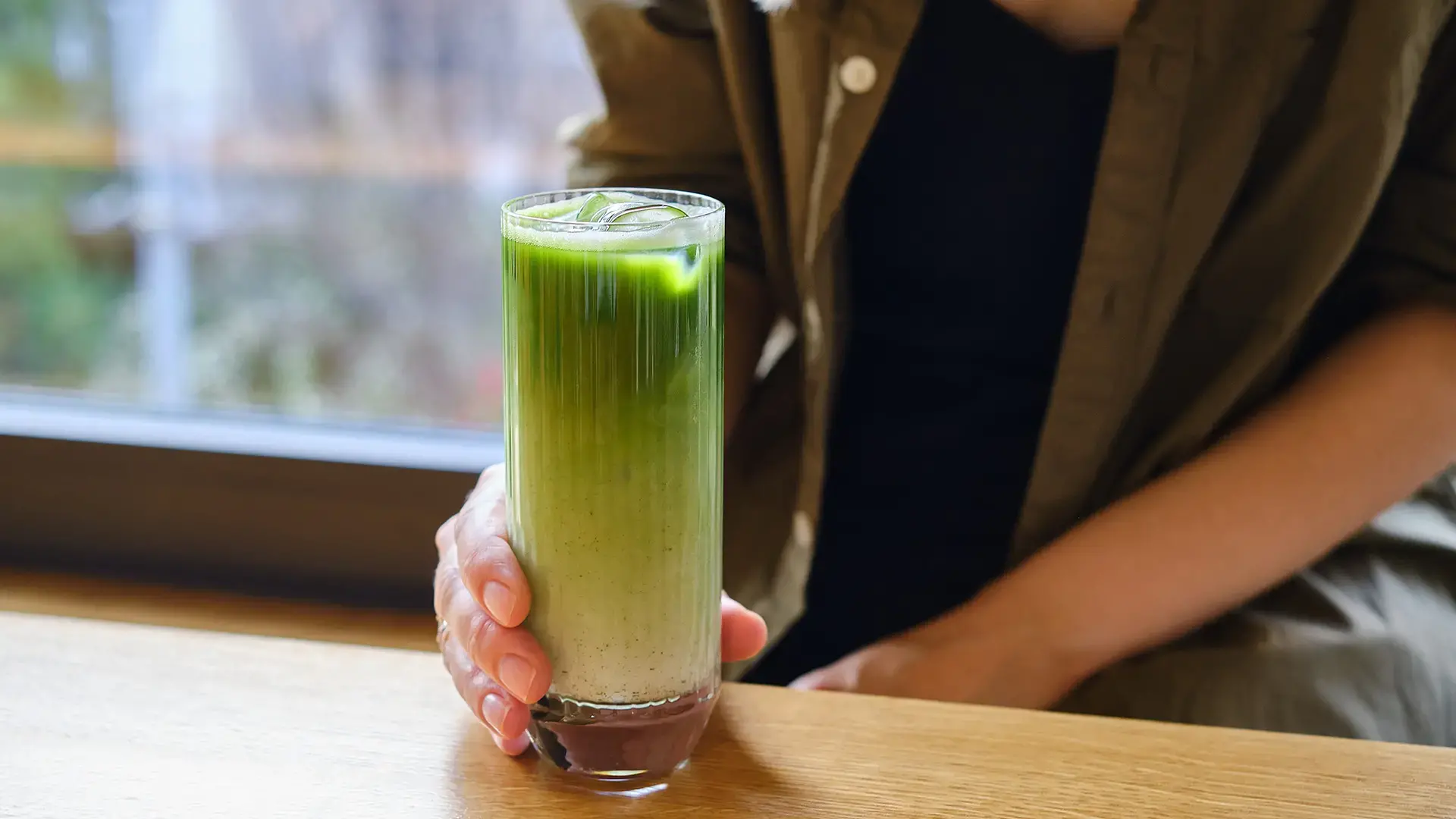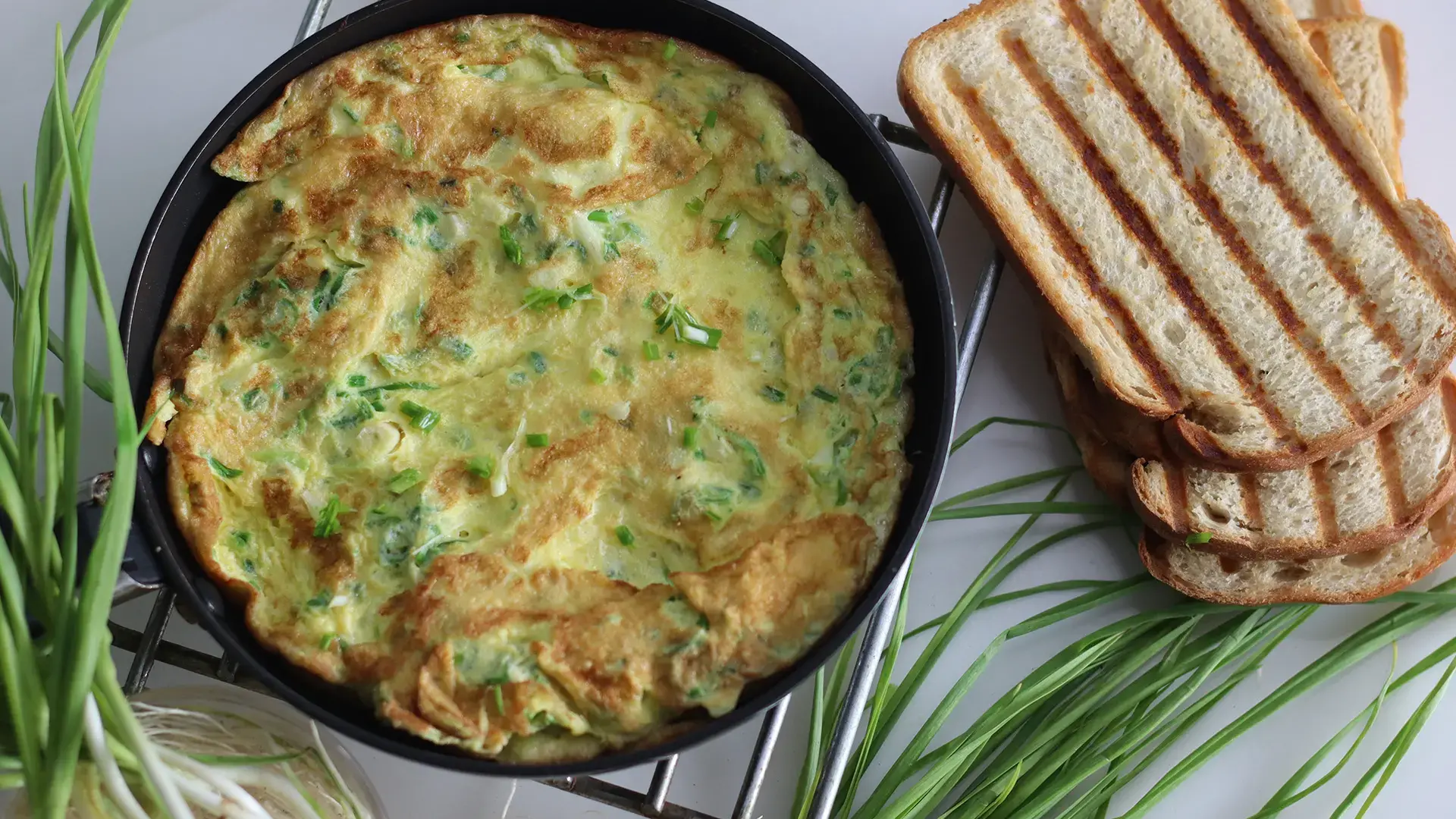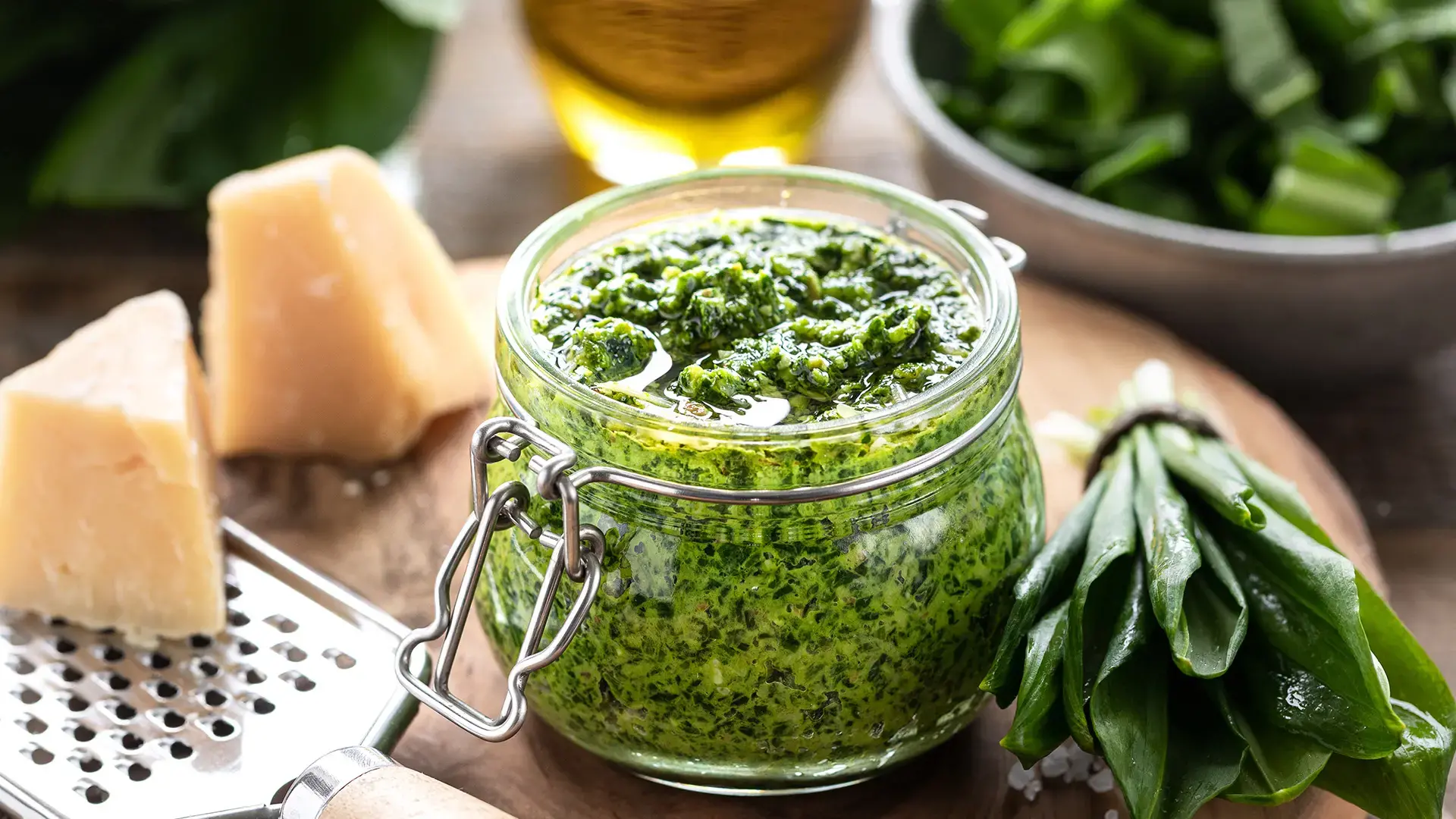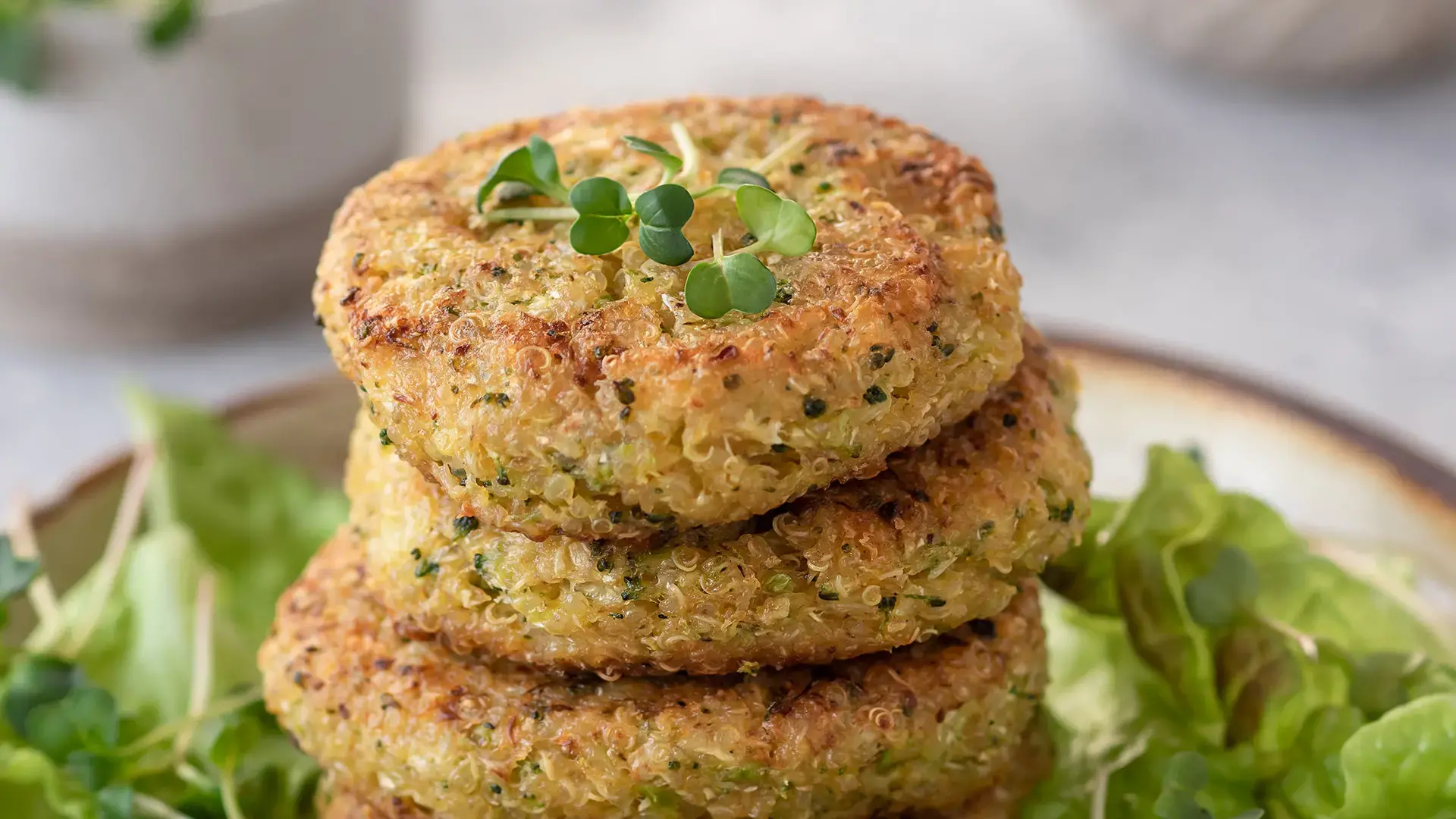You’d be surprised to know how many ways you can incorporate malunggay in your favorite Filipino dishes. Tinola and dinengeng are the most popular dishes that make use of this vegetable. But there are also other dishes from across the regions that incorporate malunggay, including tinowa and utan Bisaya from Cebu, bulanglang from Batangas, and law-uy, which is popular in Visayas and Mindanao.
Discover the wonders of this Filipino culinary staple—malunggay (moringa oleifera). Known as the "miracle tree," malunggay is a powerhouse of health benefits - from boosting antioxidants, reducing high blood pressure and bad cholesterol, to soothing upset stomachs and enhancing overall health. Get inspired with numerous ways to infuse this miracle ingredient into your daily meals - soups, teas, smoothies, breakfast dishes, pesto sauce, and even burger patties.

You’ve seen it everywhere! Bundles of it in the market, on the vacant lot next to your house, or you may even have a tree of your own. Malunggay is a staple in Filipino cuisine—we enjoy it in tinola, ginataan, and a variety of soups. But there is so much more to this leafy green vegetable than its taste.
Malunggay (or moringa oleifera) is known as the “miracle tree”—across Asia, its leaves and pods are used for a wide range of dishes. Beyond food, malunggay is also used as an herbal remedy, as water purifier, as treatment for insect bites or...
Soup does not have to be boring at all! You can play with a variety of flavors and textures, like this diniskartehang sinabawang gulay. You can also experiment with creamy soup recipes that incorporate malunggay, such as this recipe. You can also have malunggay with clams if you’re keen on making halaan soup.
Did you know that malunggay is another great option for tea? Clean and dry freshly harvested malunggay, separate the leaves from the stems, and dry roast the leaves over low heat in a pan—make sure the leaves don’t burn! Steep the leaves in hot water for three minutes then strain. Place the unused leaves in an airtight container and store in a cool, dry place.
Ever had a malunggay-based green smoothie? Now you can! Just blend these greens with pineapples, mangoes, bananas, and your choice of liquid—water, coconut water, coconut milk, and almond milk are some of the most popular choices!
If you want to get more nutrients at the start of the day, all you have to do is reimagine some breakfast favorites with malunggay! Add chopped malunggay to your scrambled eggs and prepare a malunggay omelet. You can also incorporate finely chopped malunggay into your pancake batter for malunggay pancakes.
And if you’re a baker, you can definitely add blended dried malunggay leaves to your pan de sal or muffins.
Go fancy and incorporate malunggay into your pesto for added nutrition. Just combine garlic, basil, pine nuts or cashews, malunggay leaves, and extra virgin olive oil in a blender to make your own pesto sauce.
Get your kids to start eating more malunggay by incorporating it in burger patties. You can utilize both chopped leaves and the cooked meat of the pods—these can be mixed with ground beef and minced onion, sprinkled with salt and pepper to taste, and grilled on high heat. A sneaky and healthy way to get them to eat more veggies!
These are just some of the ways in which you can have more malunggay in your daily meals. You can look at the Filipino favorites, as well as reimagine your comfort food, but with more of this miracle vegetable integrated in the recipes. We know you’ll definitely have a blast looking at your favorite meals in a new light—one that’s ultimately made better with malunggay!
More references:
6 Science-Based Health Benefits of Moringa oleifera Healthline, 2023.
The Truth About Moringa WebMD, 2022.
